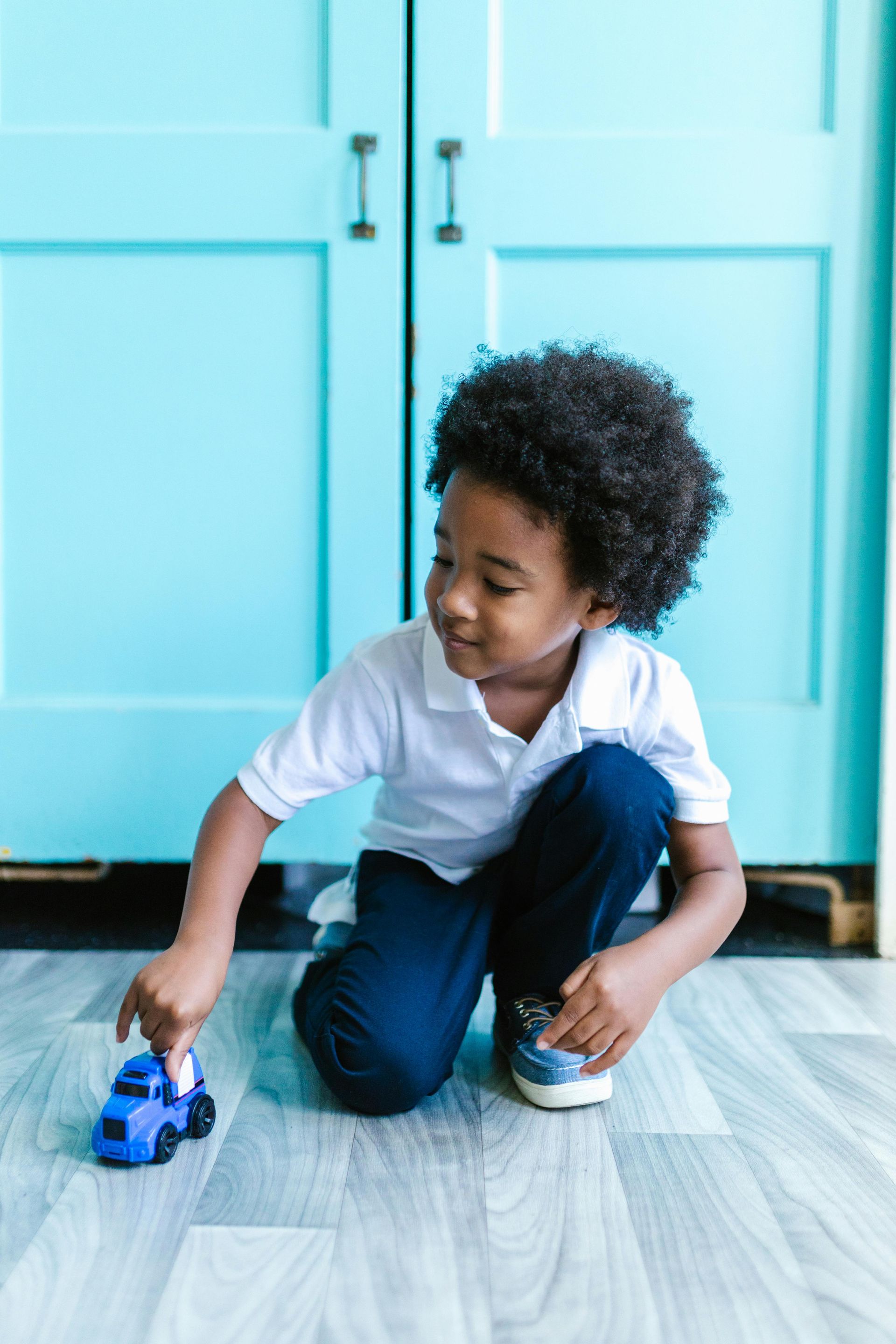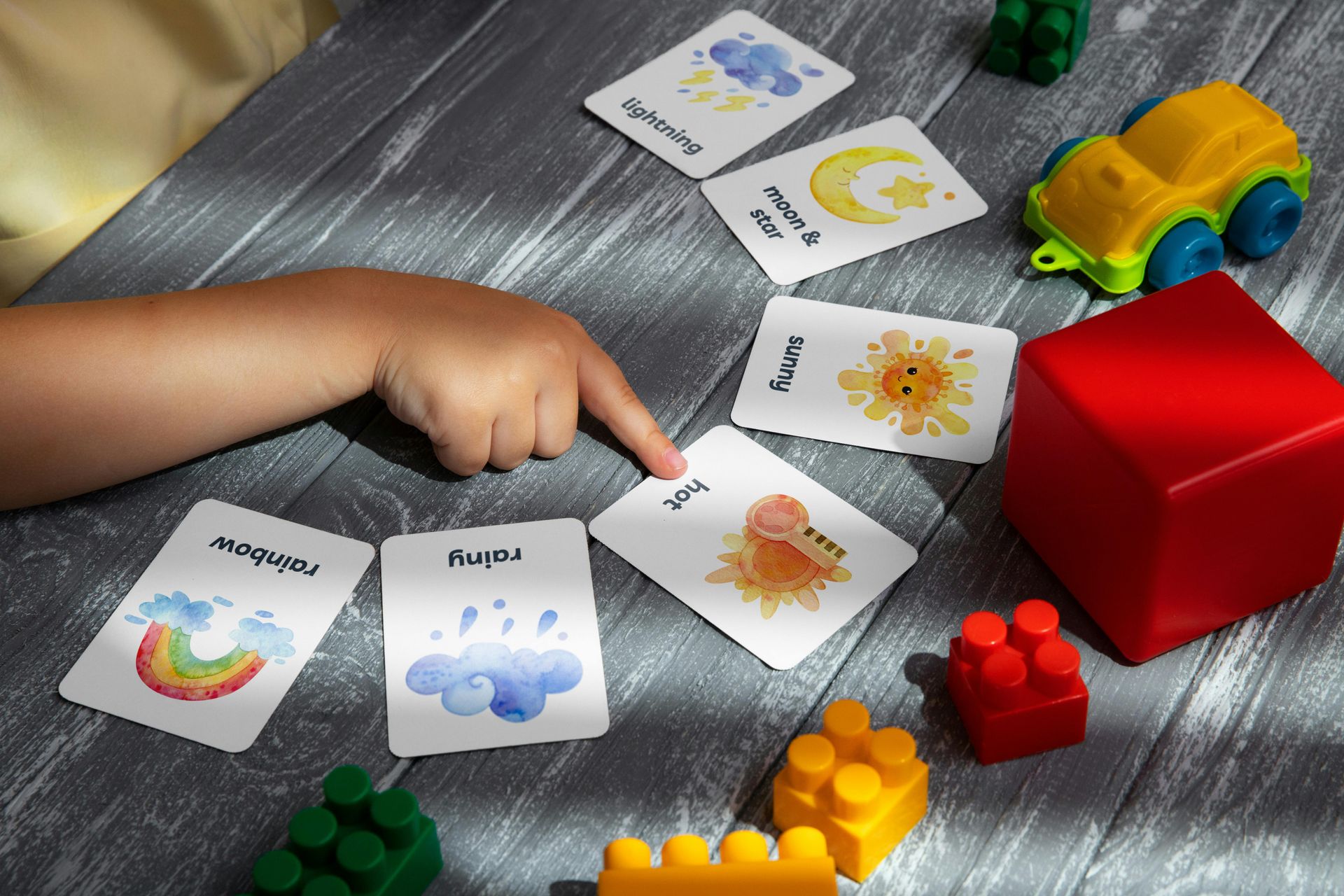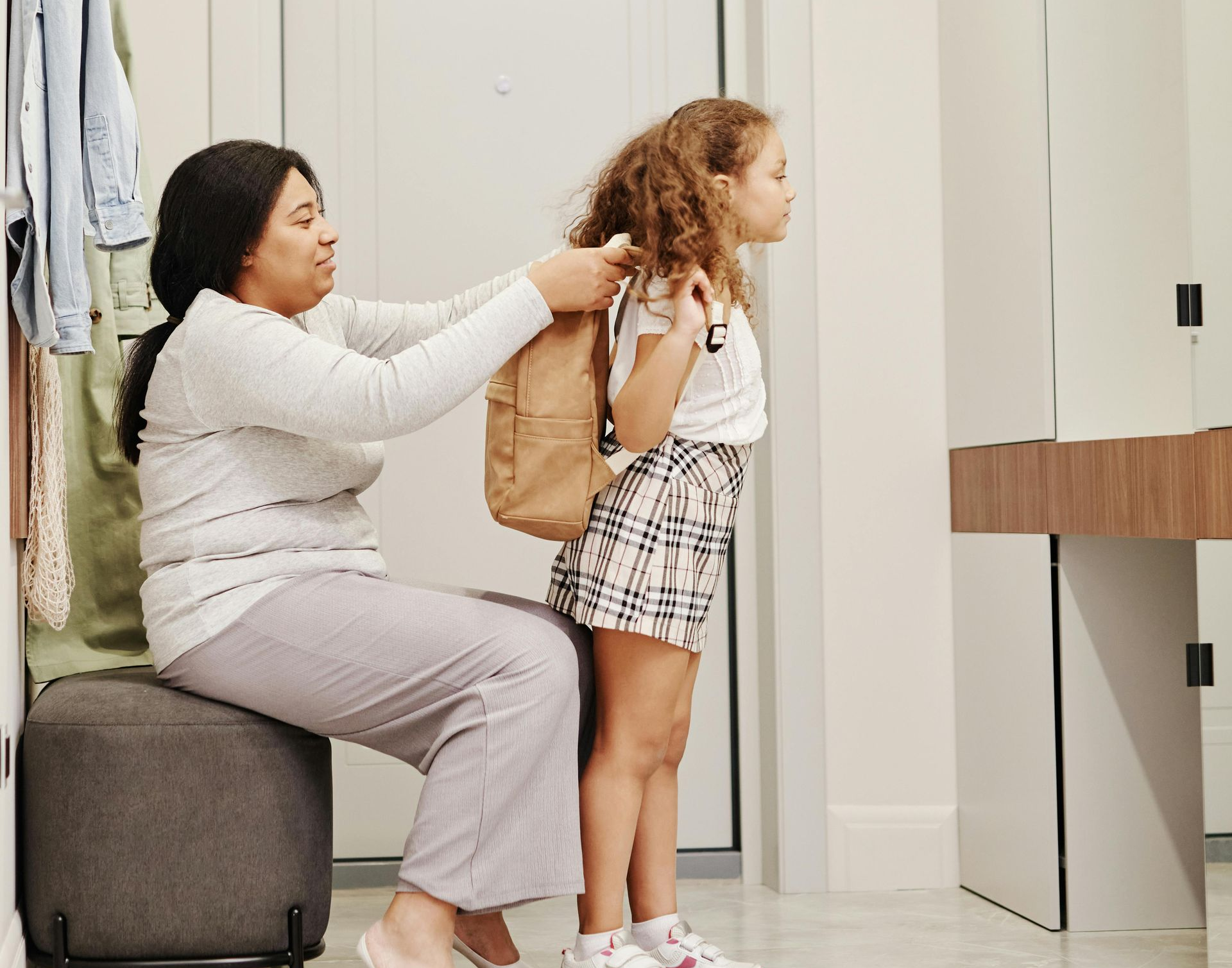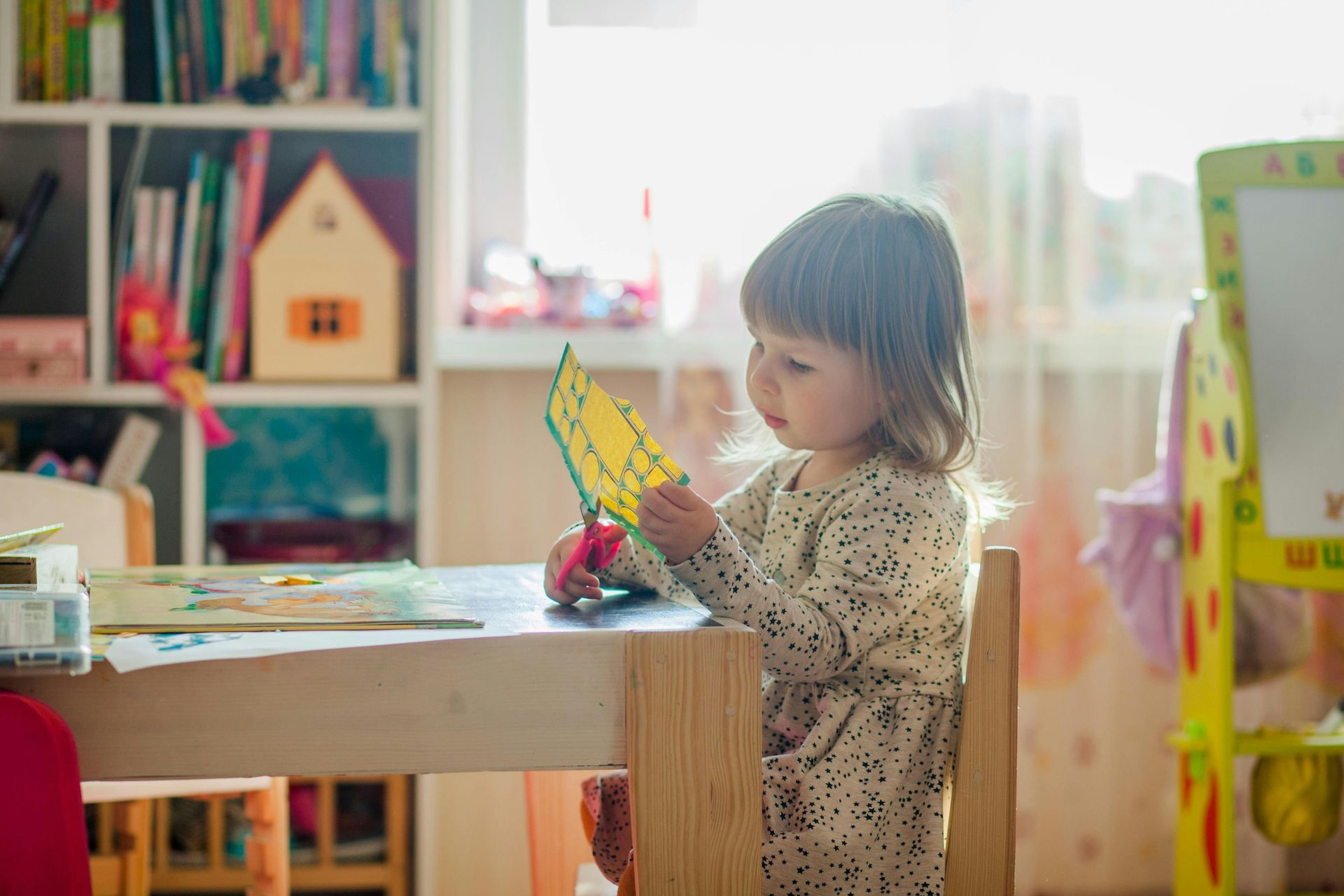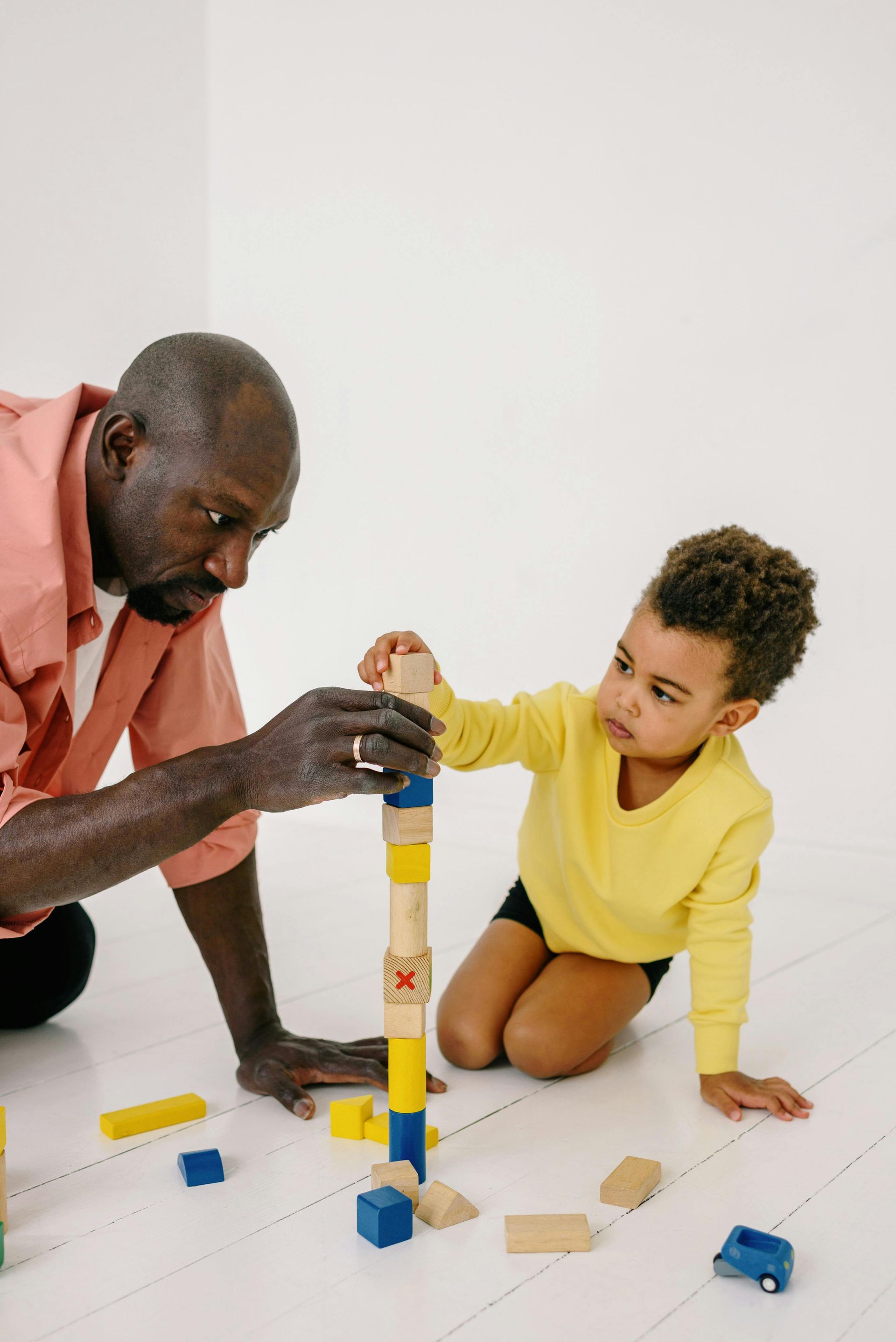How to Homeschool Your Child with Autism

Structure and Routine are Key
Few things can help make a child with autism as at ease as a well-established routine and consistent structure. This is true in all parts of their life and will be crucial for a solid homeschooling experience. Make a schedule and stick to it; make it visual so your child can see the order and times for certain activities. Use a timer to help transition from one thing to the next. Set clear boundaries and expectations for behavior to complete the sense of structure.
Discover Their Unique Learning Style
It is critical for you understand your child’s specific learning style. Everyone has ways they learn best. For some it’s visual, for others kinesthetic or hands-on. Still other students are more auditory learners who may be distracted by movement or visuals and prefer only to hear new information or instructions. Once you have an idea of what kind of learner your child is, you can select the best resources and methods with which to teach them.
Multisensory Magic
A multisensory approach to teaching is much more effective than teaching styles that only engage a child in one way. This is especially true for students with autism.
Activate multiple parts of the brain with techniques such as the use of:
● Manipulatives in math, science, word-building, and more
● Visuals including posters, graphic organizers, or flash cards
● Rhymes and songs to help learn new concepts or routines
● Whole body movement, especially crossing the midline of the body
Harness the Power of Passion
A final important way to influence your child’s education through homeschooling is to take whatever animal, character, modes of transportations, etc… that they are interested in and use it! What are they passionate about? What excites them? Leverage this thing, whatever it is, to tailor your lessons and increase their engagement.
Positive Reinforcement provides in home ABA Therapy for homeschoolers in Ashburn VA, Purcellville and surrounding areas.




